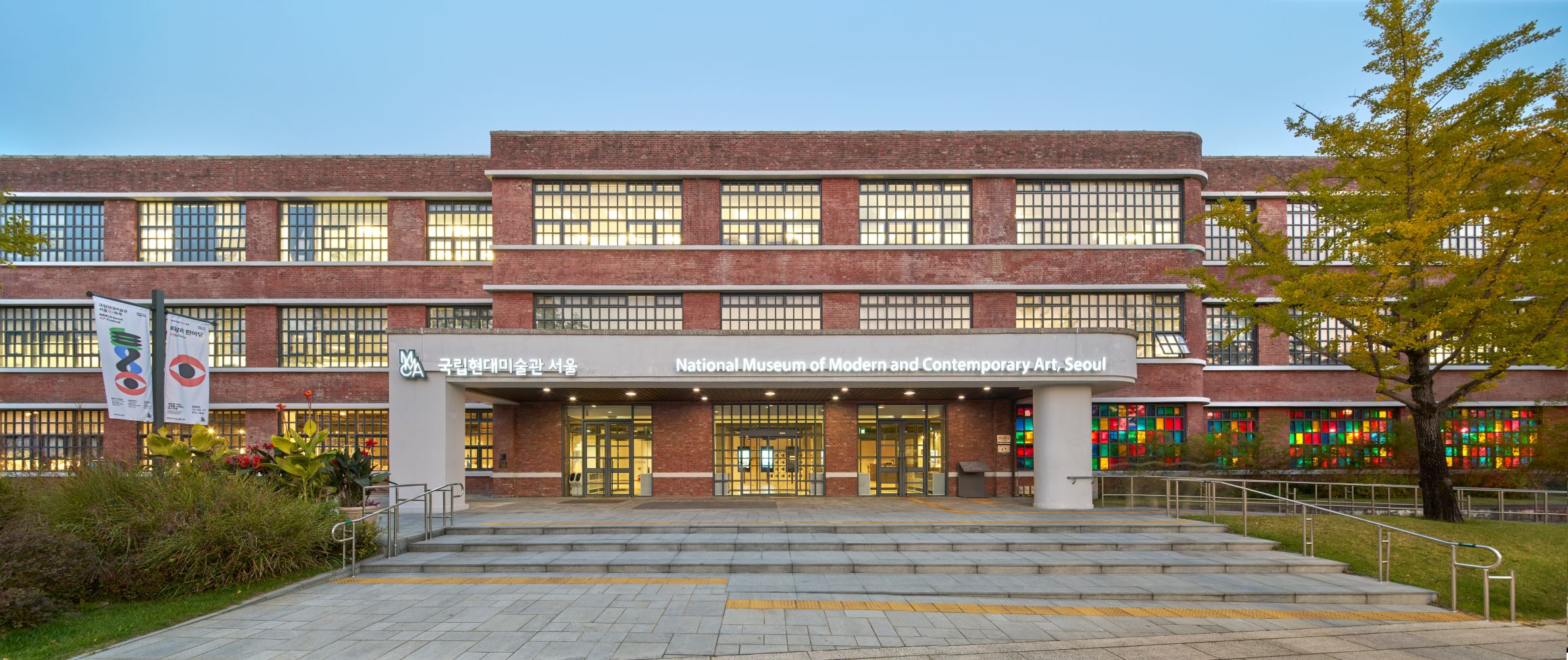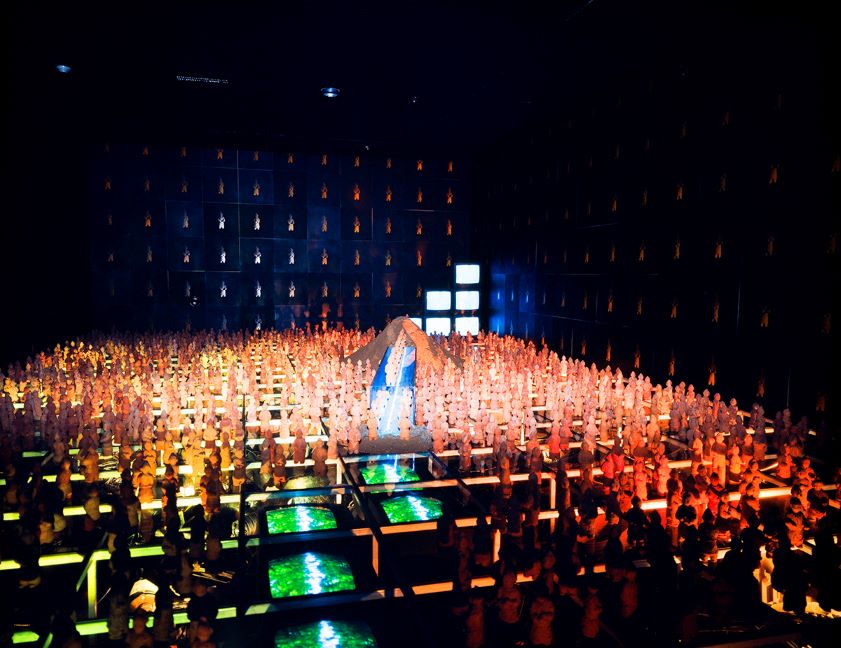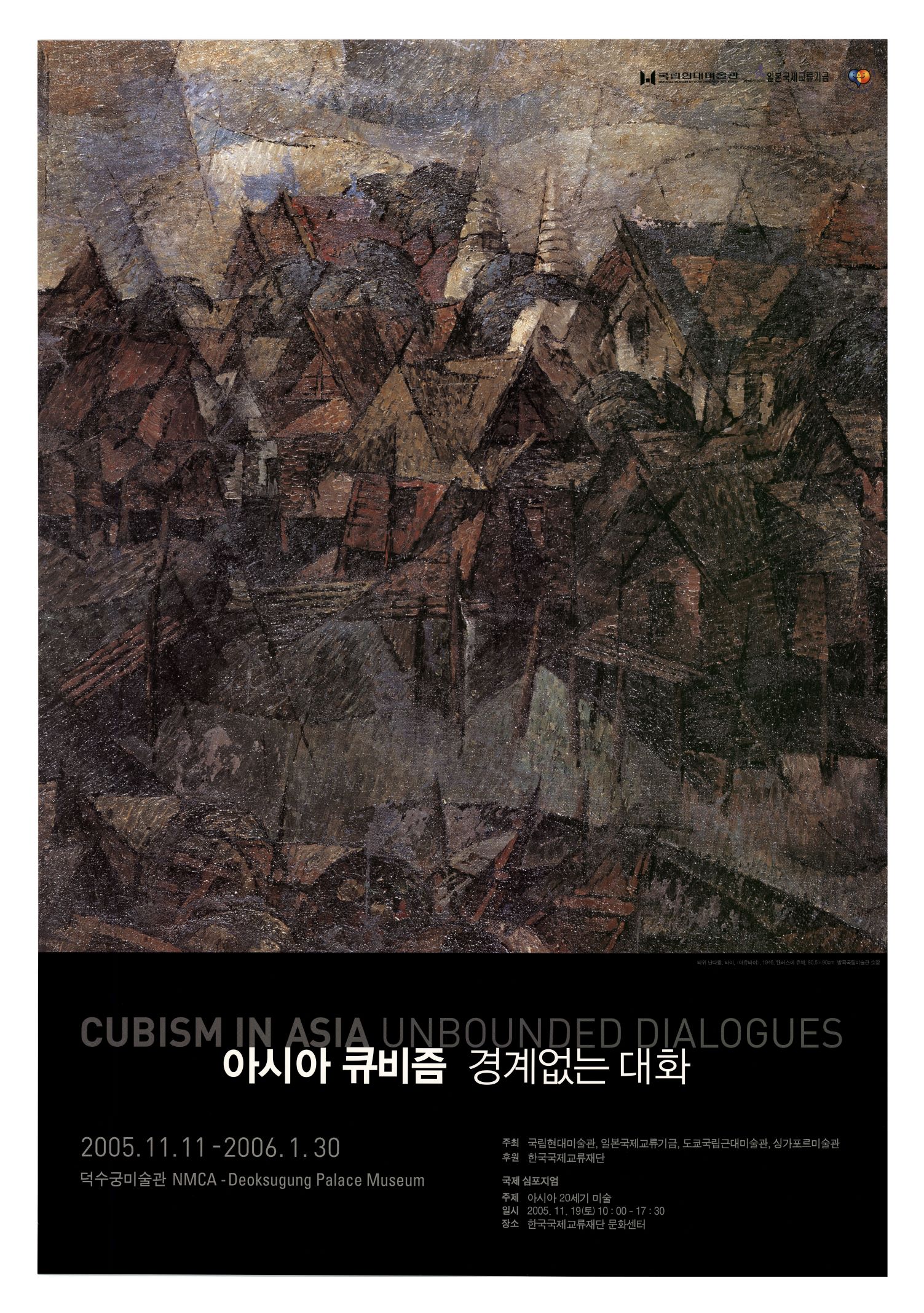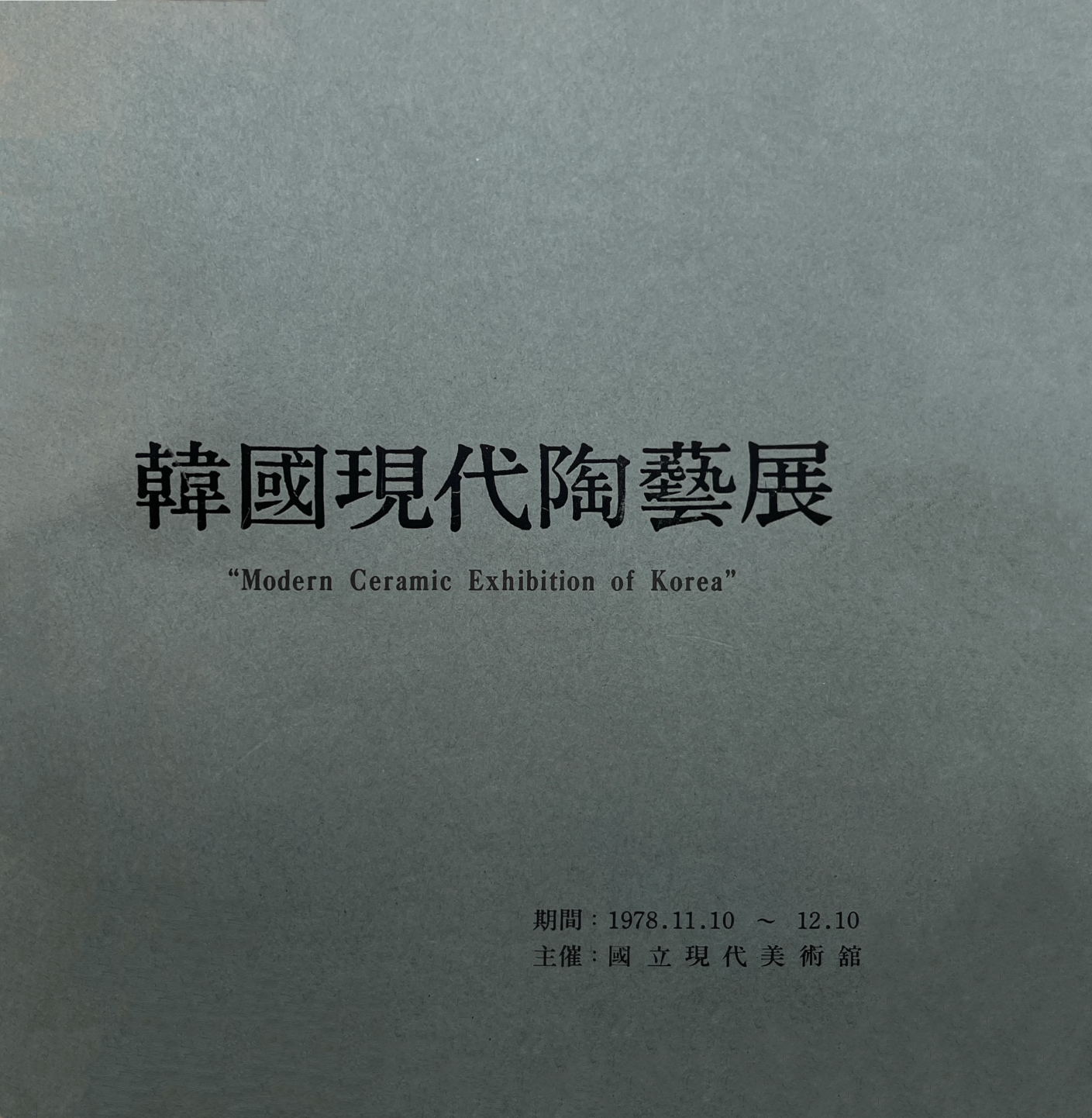
MMCA Hyundai Motor Series 2014 Lee Bul, Poster, 2014, MMCA Art Research Center Collection
MMCA Hyundai Motor Series
* Source: MMCA
Related
-

National Museum of Modern and Contemporary Art, Korea (MMCA)
A national museum established in 1969 that researches, collects, and exhibits modern and contemporary art. As of 2018, there are branches in Gwacheon, Deoksugung, Seoul, and Cheongju. When first established, the National Museum of Modern Art (now MMCA) was located within Gyeongbokgung palace. In 1973, the museum moved to the East Wing of the Deoksugung Seokjojeon building. Then, in 1986, the museum moved to its current location in Gwacheon, to occupy a new building equipped with an outdoor sculpture exhibition space, and has since opened a new chapter in Korean art. The perceived need for a space to focus specifically on Korean contemporary art led to the establishment of further site, the National Museum of Contemporary Art, Deoksugung in 1998. In November 2013, a further demand for contemporary art exhibitions led to the establishment of another Seoul branch being created in the Defense Security Command building in Sogyeok-dong, Jongno-gu, which has since its inception engaged in multifaceted exhibitions of both domestic and overseas contemporary art. Also, as a further component of the MMCA complex, a disused tobacco factory in Cheongju was remodeled to provide a home to the National Art Storage Center.
-

Installation
In a general sense, the term “installation” refers to the display or arrangement of artwork within an exhibition. In a stricter sense, the term “installation” can also refer to an art work specifically based in its wider display environment. Such installation art often attempts to enable the audience to become part of the new environment that the work creates. In this circumstance, the artwork becomes defined not only by its space, but also in terms of the relationship between the work, space and the audience.
Find More
-

Zeitgeist Korea
Zeitgeist Korea was one of five special exhibitions held from November 12, 2013 to April 27, 2014 to mark the opening of the MMCA, Seoul. Curated by Jung Young-mok, a professor at Seoul National University's College of Fine Arts, the exhibition categorizes the zeitgeist of Korean contemporary art from the 1960s to the 1990s into three keywords: conceptual, virtual, and material. Regarding the intention of organizing the exhibition, Jung stated "Firstly, we chronologically identify the major currents of Korean contemporary art since the Korean War, but do not list them. Second, keeping in mind the perspective of ‘internationalism,’ we attempted to present a retrospective view based on the current national and international status of 'Korea' in relation to art and society. Lastly, I selected works that have a distinct 'identity' of the ‘zeitgeist.' Most of the works were selected from the museum's collection, and it is also important to include in this exhibition the works that do not appear frequently in the history of contemporary Korean art." However, criticisms were raised about the process of selecting fifty-nine works out of 7,000 works in the MMCA's collection. Concerns included “twenty-eight of the thirty-eight artists (72%) coming from the same university,” “half of the 72% being former and current professors at the same university,” “twenty-seven of the fifty-nine works (46 %) are on loan,” “insufficient exhibition design (arrangement of the works and flow of the exhibition),” and “some works were excluded due to external pressure.” In response, the MMCA stated that "during the selection process, a total of 120 works, including thirty works from external collections and ninety works from the museum's collection, were brought to the venue as works to be exhibited, and sixty works were finalized in consideration of the appropriate spatial arrangement." However, criticisms remained about the high proportion of works borrowed from outside the museum, diverging from the original purpose of examining the changes in Korean society through the MMCA's representative collection. There were also criticisms concerning the use of the term “zeitgeist,” which was used for art of a specific period in Germany, being adopted to interpret Korean contemporary art history.
-

Cubism in Asia: Unbounded Dialogue
Cubism in Asia: Unbounded Dialogues was a touring exhibition co-organized by the National Museum of Contemporary Art, Korea (now MMCA); the Japan Foundation; the National Museum of Modern Art, Tokyo; and the Singapore Art Museum, and held in Japan, Korea, and Singapore between 2005 and 2006. Based on two years and three months of preparation and four joint field surveys, 113 works by seventy-six artists were lent from seventy-five collections in eleven countries in a selection of Asian modern paintings. The exhibition was jointly hosted by leading national museums from the three Asian countries— Korea, Japan, and Singapore. The exhibition was inaugurated at the National Museum of Modern Art, Tokyo (August 9 – October 2, 2005), Japan, and travelled to the MMCA (November 11, 2005 – January 30, 2006), and then to the Singapore Art Museum (February 18 –April 9, 2006). In Asia, Cubism was perceived as a visual revolution developed in the West and as an indicator of modern art. The exhibition therefore sought to find a common art historical agenda in Asian modern art by examining the process of the reception of Western modernity and modern transformation in each country through the lens of Cubism. The exhibition was organized into four parts, identifying Cubism as the driving force behind each country's distinctive modern art, as it collided and fused with indigenous art forms, traditions, and customs. The Part 1 was “On the Table,” which showed Cubist still life as a testing ground for new perspectives; Part 2 was “Cubism and Modernity,” which showed how Asian countries abandoned naturalistic painting in favor of Cubism with a strategic perspective; Part 3 was “Body,” which featured how the human body was identified as the material of modernity; and Part 4 was “Cubism and Nation,” which demonstrated how Asian traditions and customs were integrated with Cubism to express the orientation of the new era or the modernization of tradition. Korea contributed 15 works by 11 artists including Gu Bonung, Kim Kichang, Kim Sou, Kim Whanki, Park Rehyun, Park Youngseun, Byon Yeongwon, Chu Kyung, Ha Indoo, Han Mook, and Ham Daejung. The exhibition attempted to present Asian modern art as a history of subjective translation, rather than a mere recipient of Western art, through the development of Asian Cubism in the twentieth century and became an important reference for subsequent joint exhibitions, research, and collaborations between curators and museums on Asian modern art.
-

Modern Ceramic Exhibition of Korea
The Modern Ceramic Exhibition of Korea was a special exhibition on Korean contemporary ceramic artists curated and hosted by the MMCA in 1978. The exhibition, which was held from November 10 through December 1 at the National Museum of Modern Art (now MMCA), explored the relationship between the traditions of Goryeo celadon and Joseon white porcelain and contemporary ceramics. It featured sixty-nine works by fourteen artists selected through profound discussions. The participating artists included Kang Suhwa, Kwon Soonhyung, Kim Sukwhan, Kim Yik-yung, Shin Sangho, Won Daichung, Yoon Kwangcho, Rhee Boo-ung, Lee Jongsu, Yim Mugeun, Chung Damsun, Cho Chunghyun, Hwang Jonggu, and Hwang Chongnye. Among them, only Yoon Kwangcho was a full-time artist. The exhibition received a skeptical review on the impoverished state of contemporary Korean ceramic circles in that only fourteen artists were selected. Nonetheless, the Modern Ceramic Exhibition of Korea, which was held in the formative stage of early contemporary ceramic art, is significant in that it is a major exhibition advancing new recognition of traditions.






